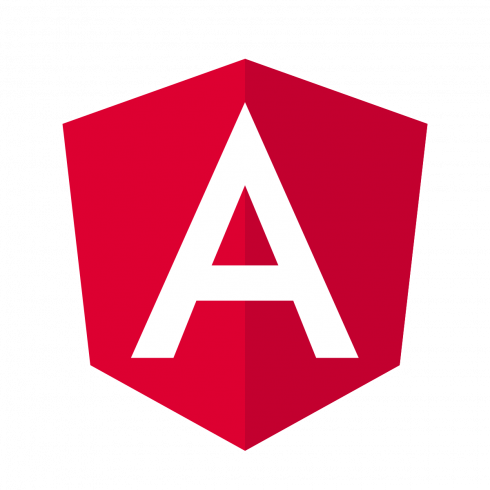
The Angular team has announced a major release of its mobile and desktop framework. Angular 8 spans the entire platform and includes updates to Angular Material, the CLI, improved application startup time, and more web standards.
One significant feature is the addition of differential loading by default. According to Angular developer advocate Stephen Fluin, differential loading enables browsers to choose between modern or legacy JavaScript based on its capabilities. By enabling this by default, users will automatically get the necessary bundle. Additionally, Fluin explained developers are finding their apps are able to save between 7 to 20 percent of their bundle size depending on the modern JavaScript features available.
RELATED CONTENT: JavaScript has come a long way and shows no sign of slowing
Version 8’s new builder APIs are similar to Schematics in that it allows developers to use ng build, ng test, and ng run to perform processes. “Builders are functions that implement the logic and behaviour for a task that can replace a command,” the team wrote in a blog post. The team is also introducing a new API to make it easier for developers to use Schematics to open and modify their angular.json files. The workspaces API is designed to make it easier to read and modify the file.
For CPU-intensive processing applications, the team is introducing web workers support for offloading work to the background such as image or video manipulation, Fluin explained.
Other features include AngularJS migration improvements, support for EcmaScript dynamic, and CLI telemetry. More about the release is available here.
In addition, there is a new deprecation guide available. The team will continue to maintain semantic versioning and stability across major versions. “Angular strives to balance innovation and stability. Sometimes, APIs and features become obsolete and need to be removed or replaced so that Angular can stay current with new best practices, changing dependencies, or changes in the (web) platform itself,” according to the guide. “To make these transitions as easy as possible, we deprecate APIs and features for a period of time before removing them. This gives you time to update your apps to the latest APIs and best practices.”






